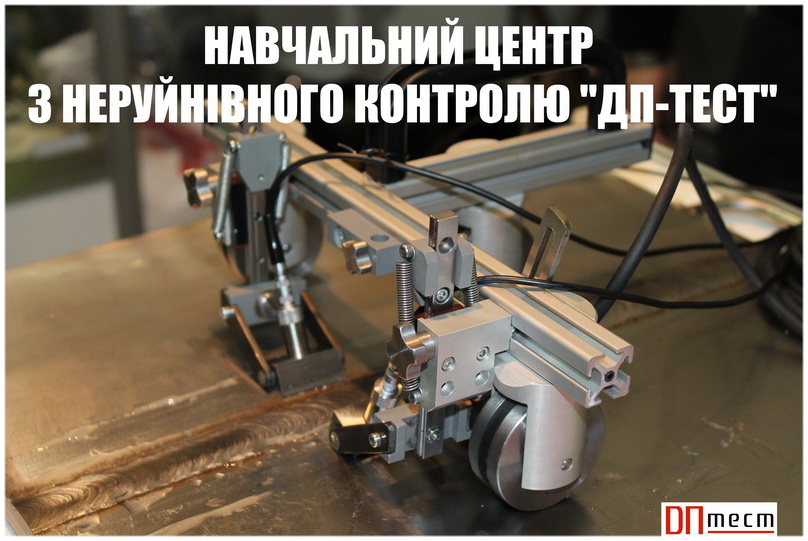Development of software for automated sorting of secondary waste is an urgent and important problem in the modern world. In this work, the use of neural networks in waste sorting was investigated, and a program capable of automatically classifying secondary waste was developed. Various sorting methods and technologies are reviewed, including neural networks, convolutional, recurrent, deep, transformer, and squeezed networks.
The software architecture was carefully designed, the application requirements were defined, and the necessary tools and libraries were used for implementation. The program was modeled using usage, sequence, and activity diagrams, showing the interaction of components and the sequence of their execution.
The developed software was also tested, and a description of the control example was given. The results indicate the effectiveness of using a neural network in the process of sorting secondary waste.
The general conclusion of the work is that the use of neural networks in waste sorting has great potential for improving the accuracy and speed of the sorting process. However, in order to achieve optimal results, it is necessary to continue research and improve algorithms and models to ensure the efficient and stable operation of secondary waste sorting systems.
Research advisor: S. Nechai









